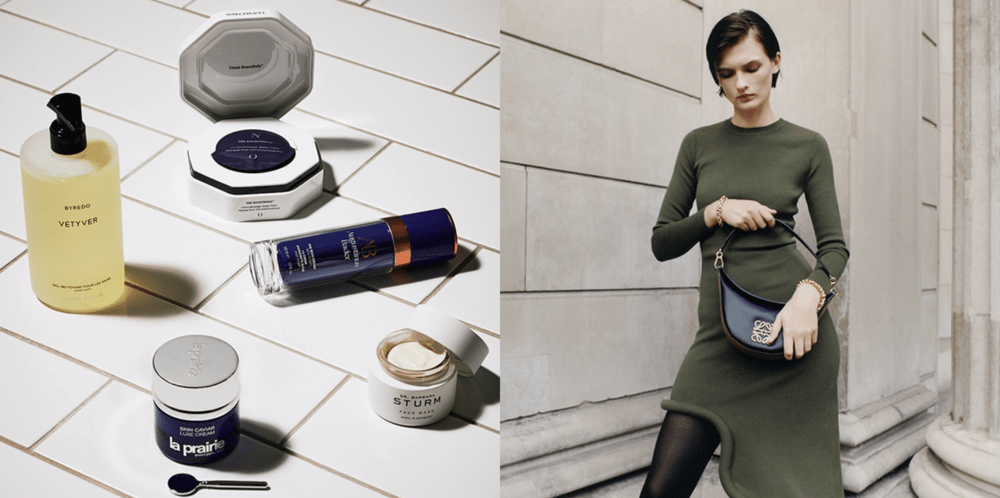
Net-A-Porter Shrinks Beauty Assortment As It Chases Profitability
Net-a-Porter has significantly reduced its beauty assortment as it struggles to reach profitability.
The luxury fashion e-tailer’s beauty assortment is down to under 70 luxury and prestige brands from around 200, and it’s expected to further decrease its beauty brand roster this year to between 30 and 50 brands, according to brands briefed by Net-a-Porter last month on its leaner beauty merchandising strategy. Net-a-Porter declined to comment on the matter.
The information they received confirms reporting by Lauren Sherman, fashion correspondent for the publication Puck, about Net-a-Porter’s pruning of beauty, which she notes has a lower average order value than fashion. “Even a fancy cream costs far less than a pair of boots,” she writes. Ultimately, Sherman asks, “Will it exit the category?”
Among the beauty brands that have withstood the beauty brand culling so far are Westman Atelier, U Beauty, Dr. Barbara Sturm, Chantecaille, Tata Harper, Gucci Beauty, Tom Ford and Hourglass. Remaining brands were selected due to their sales track record and ability to elevate the average order value in the category. The average retail price for the beauty assortment has increased from roughly 70 pounds or approximately $88 at the current exchange rate last year to around 100 pounds or approximately $126.
Net-a-Porter is gutting its beauty collection following parent company Richemont’s failed attempt to offload Yoox Net-a-Porter, parent company of the online retailer along with Mr. Porter, The Outnet and Yoox, to luxury rival Farfetch. The deal would have given Farfetch a 47.5% stake in Yoox Net-a-Porter. In December, Richemont stated it will pursue other potential buyers.
According to the publication Business of Fashion, Net-a-Porter has registered consistent annual losses of more than 200 million euros or about $214 million a year. In January, Richemont reported that Yoox Net-a-Porter’s sales declined 11% at constant exchange rates in the third quarter as the e-tailer battled a “challenging environment for pure play online distributors.” Yoox Net-a-Porter’s performance was presented by Richemont as “discontinued operations.”
Richemont, also owner of jewelry and watch brands Buccellati, Cartier and Van Cleef & Arpels, acquired majority ownership of Net-a-Porter in 2018. The deal valued Yoox Net-a-Porter as a whole at 5.3 billion euros or about $6 billion.
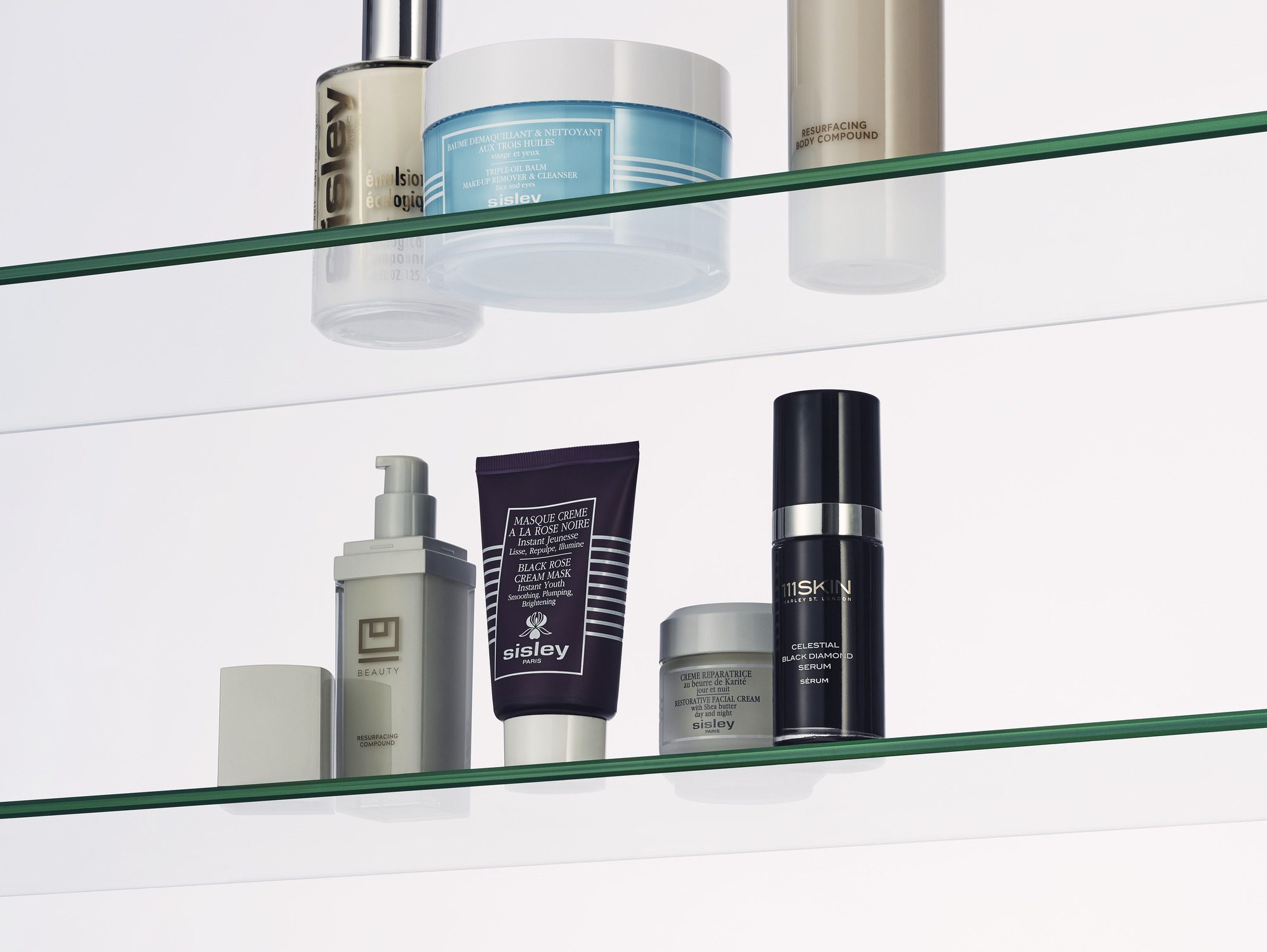
Analysts and consultants aren’t surprised that Net-a-Porter is shrinking its beauty assortment and zeroing in on pricier items. In the fall last year, the e-tailer onboarded several high-fashion brands with an average selling price of 1,500 pounds or around $1,900. Net-a-Porter is concentrating on merchandise that caters to a wealthy subset of loyal customers. It often emphasizes that its VIP customers, a group it refers to as Extremely Important People or EIPs, fuel almost half of its business every year.
“Beauty isn’t a core category for them, and it is unlikely it is doing the kind of volume that will drive profit to the bottom line,” says Neil Saunders, managing director at market intelligence firm GlobalData. “Net-a-Porter should also be focusing on only the highest-end beauty products, which have very rich margins and which support its position as a luxury destination. The problem with middle market in beauty is that it gives consumers on the site an opportunity to trade down, which is not what Net-a-Porter wants.”
Fiona Glen, director of projects at beauty consultancy firm The Red Tree, describes Net-a-Porter’s beauty overhaul as an “obvious move” for the struggling e-tailer. “Historically, Net-a-Porter had an eye for up-and-coming individual brands. An exclusive distribution deal with them brought kudos and opened up U.K., U.S. and Far East markets in one swoop,” she says. “The strategy to cut back on brands makes sense commercially, however moves their offering away from being customer-centric.”
She continues, “The success of trading both fashion and beauty successfully is reliant on trading newness effectively. However, the trading of these needs to be done with individual care and thought. The customer journey is very different when discovering fashion than it is beauty.”
Net-a-Porter’s struggles are occurring as the luxury goods market is on shaky ground. Global consulting firm Bain & Company projects that its 2024 growth will be in the low to mid single digits. Last year, the segment advanced 4% to hit 362 billion euros or almost $390 billion in sales.
Valued at roughly $6.2 billion in 2018, Net-a-Porter’s luxury e-tail competitor Farfetch narrowly missed filing for bankruptcy last year before South Korean e-commerce company Coupang acquired it for $500 million. In the summer last year, Farfetch closed its beauty business and put Violet Grey, the specialty beauty retailer it acquired in 2022, up for sale. Across the beauty retail universe, retail buyers are largely pulling back from newness and trimming their selections to prop up profits and weed out weak sellers.
“The whole luxury market is in slowdown, and this includes the online players. Traffic is down, sales are down, and fewer people are spending money,” says Saunders. “This has impacted players like Net-a-Porter. The other knock-on effect specifically to beauty is that some people who were previously buying fashion and may have added on a few beauty bolt-ons might now say, ‘I don’t have the money for these extras.’”

Launched in 2000 by fashion journalist and entrepreneur Natalie Massenet, Net-a-Porter introduced beauty in 2013. As of August last year, it had sold approximately 7 million beauty products and its beauty assortment contained over 5,000 products. Last year, bestselling brands and products at Net-a-Porter were Dr. Barbara Sturm’s Hyaluronic Serum, Augustinus Bader’s The Rich Cream, La Mer’s Crème De La Mer, Charlotte Tilbury’s Pillow Talk Lip Liner, Diptyque’s Baies Candle, Lyma, Dr. Dennis Gross, Shani Darden, Vintner’s Daughter and Westman Atelier.
In a 2023 interview with Beauty Independent, Newby Hands, former global beauty director for Net-a-Porter, underscored that the e-tailer’s longevity and its strong customer base were crucial to its beauty business. Hands became an external consultant for Net-a-Porter after May last year.
“We have very clear criteria about what a Net-a-Porter beauty brand is because we know what our customer wants,” Hands told Beauty Independent. “Net-a-Porter is 23 years old and in that time our team of personal shoppers and all our global events that we do has given us just this real closeness of understanding of our customer.”
To win in the beauty category, Glen suggests that Net-a-Porter commit to discovery and immersive marketing to foster a 360-degree experience for its customers. “Without this there is little incentive for brands to prioritize trading activity and exclusive launches with them,” she says. “There is the option to think innovatively and provide executions completely different to the market. Without this, there is also little incentive for consumers to shop beauty on site when they can get better deals and discover brands elsewhere.”
Similar to Farfetch, Saunders believes Net-a-Porter will likely leave beauty entirely if efforts to achieve profitability don’t prove to be effective. “Reducing the assortment raises the question of why ultimately bother with something that is such a small part of the business,” he says. “It all depends on whether they can drive more efficiency and volume through a smaller number of very high-priced SKUs. If they can’t, my view is they will exit the market.”

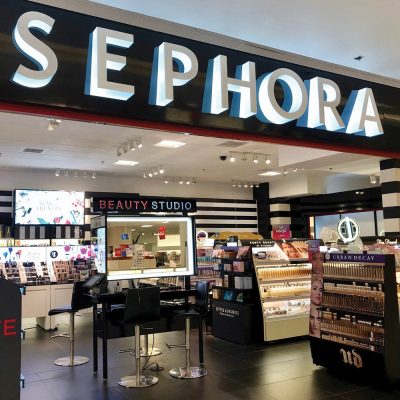
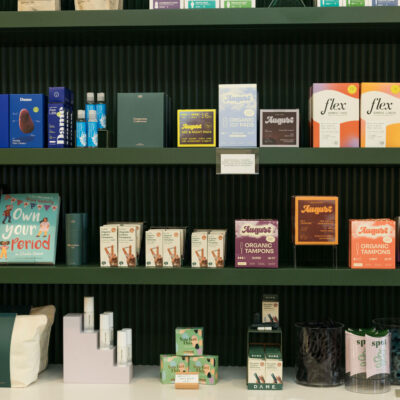
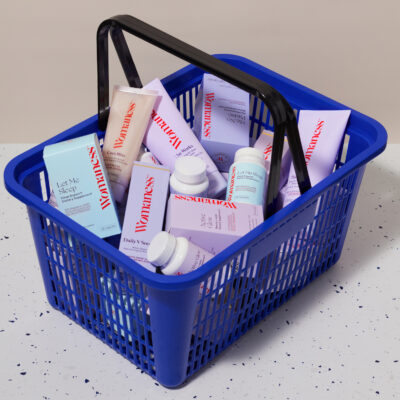

Leave a Reply
You must be logged in to post a comment.